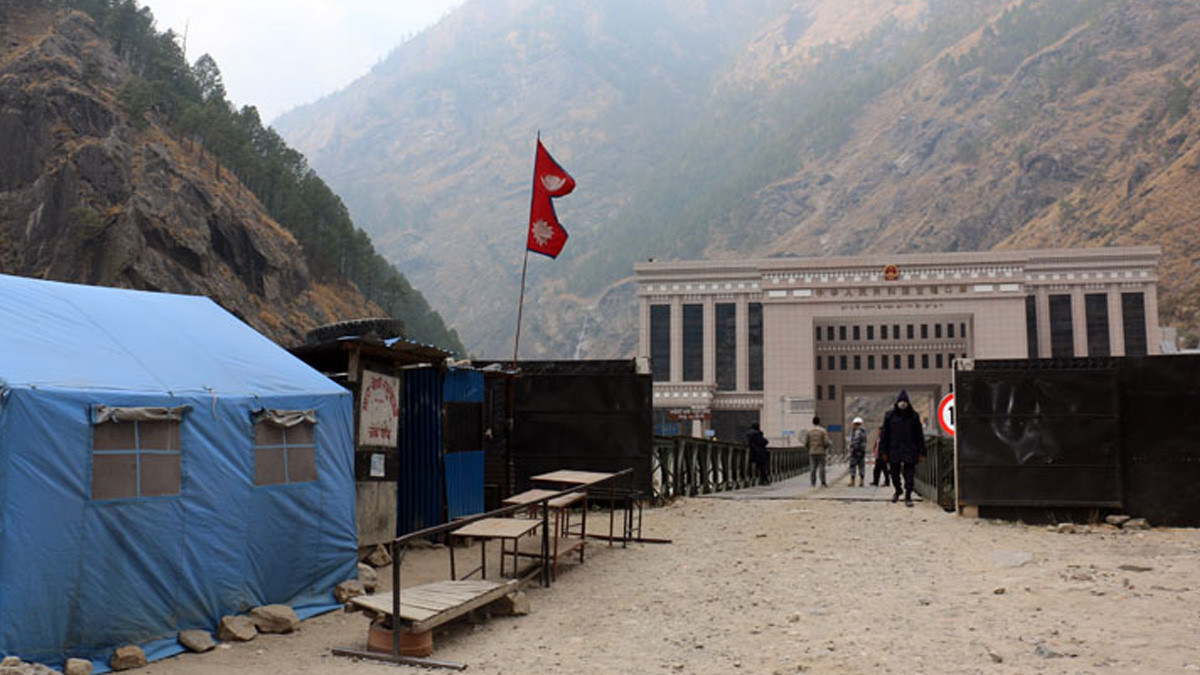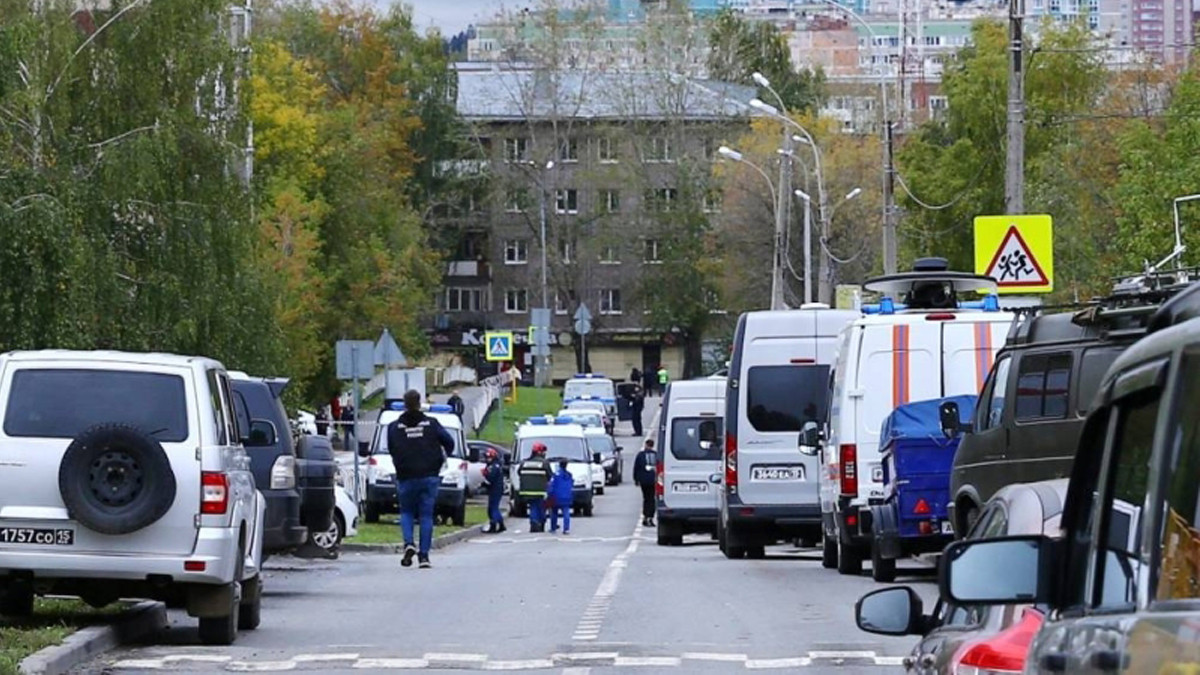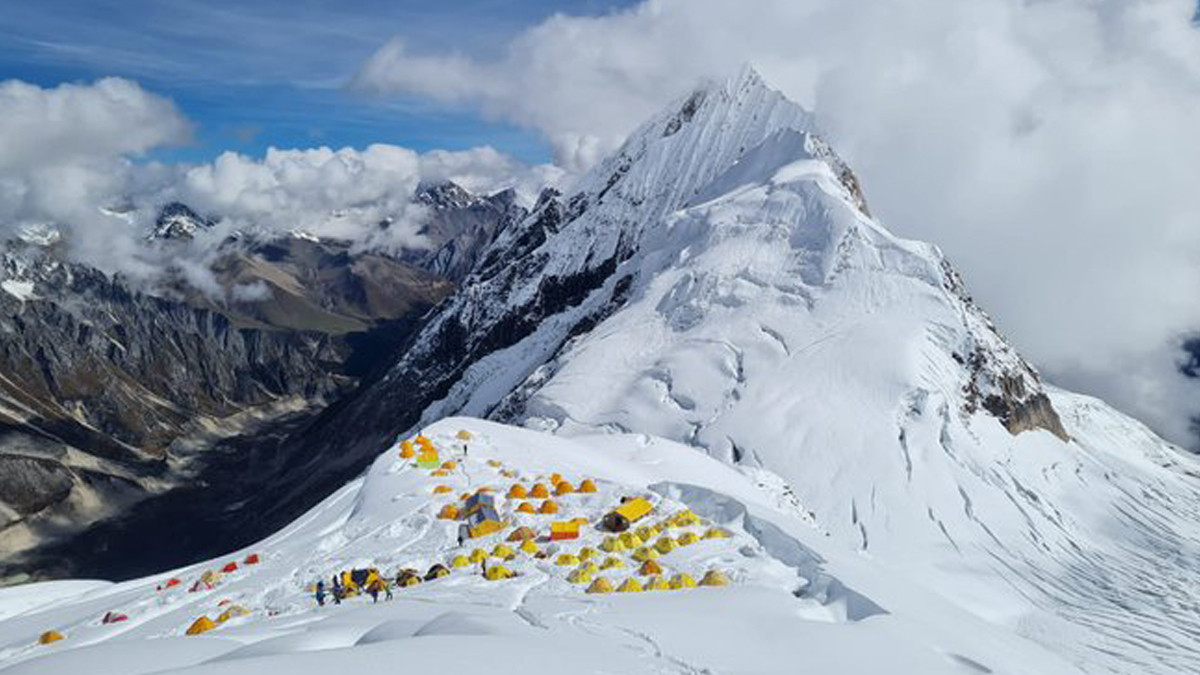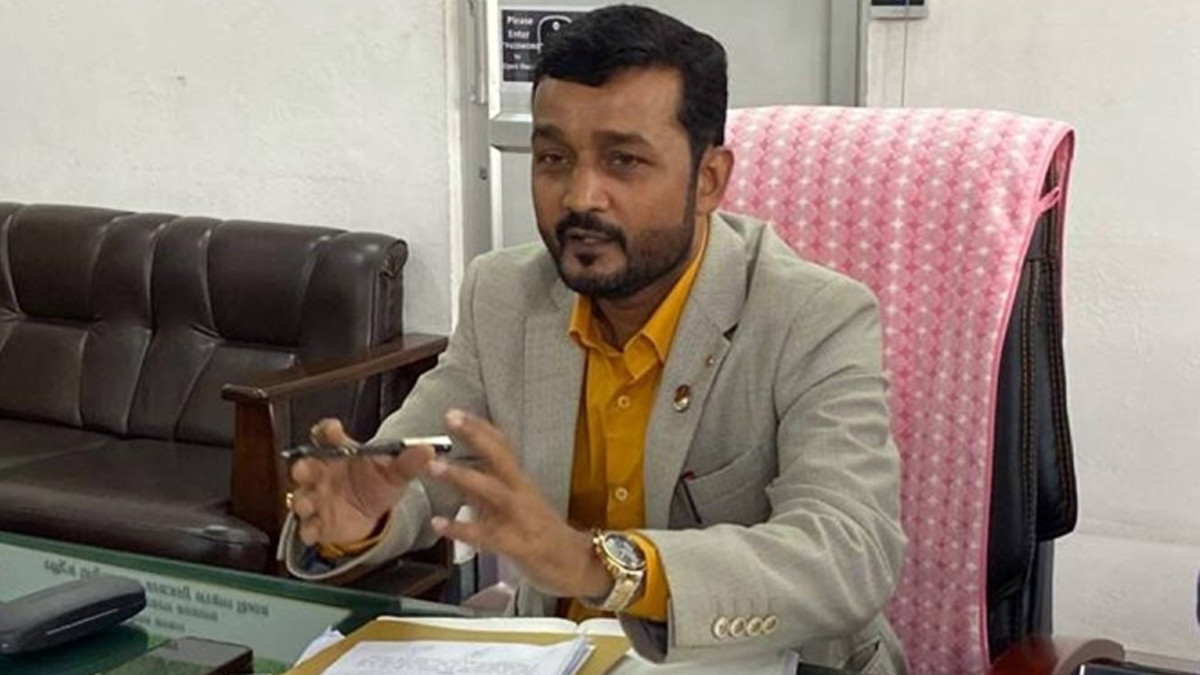
China, the largest source of Foreign Direct Investment in Nepal consecutively for the last six years, has wooed the government here through its vaccine diplomacy.
Nepal joined a long list of countries that have been promised the Chinese ‘Magic Bullet’ in the fight against COVID-19 as soon as the world's power nation started developing the vaccines. With vaccine’s coming from countries like India, USA , Japan and the UK, China has surpassed them with large differences providing as many as six million doses of the vaccine.
Nepal, a small land locked country dependent on tourism has seen a fall in its economy owing to the Covid related restrictions and travel bans. Government, which saw inoculation as an elixir of all the miseries, started an inoculation drive to bring the economy back on track.
China’s outreach to the world in the form of vaccine diplomacy was initially very well reserved the world over. The COVID pandemic and the resultant mortalities had left the government struggling to plug the gap on the medicine. With very few manufacturers meeting the criteria for approval, China’s Sinovac and Sinopharm were much in demand.
New variants, mutants have however put the vaccine to a fair bit of run in the actual world to vouch for the efficacy. Almost 100 countries are using the Chinese vaccine and the positivity rate for the infection in these countries is not an encouraging testimony for the Chinese vaccine.
China’s vaccine diplomacy has also kicked in at a time when there are widespread protests in Nepal over the interventionist Chinese policies. In a classic Chinese movie, China is trying to gain a foothold in the political and economic spheres in Nepal, it is also nudging its way into Nepal by claiming Nepalese territory as Chinese on one hand and is trying to cower down the protests by dangling the carrot of the vaccine.
Moreover, it has significantly increased investment in Nepal recently. China’s investment in Nepal was marginal in comparison to India and other investors including the multilateral financial institutions till 2008, the year since it surged.
After Nepal signed a framework agreement on its Belt and Road Initiative (BRI) with Nepal in 2017 Chinese investment has skyrocketed. It has promised to support nine large projects in Nepal; including Rasuwagadhi- Kathmandu road, Kimathanka- Hile road construction, construction of road from Dipayal to Chinese border, Tokha-Bidur road, Galchi- Rasuwagadhi-Kerung 400KV transmission line, Kerung-Kathmandu rail, 762 MW Tamor hydroelectricity, 426 MW Phuket Karnali hydroelectricity project and Madan Bhandari Technical Institute. However, none of the projects has taken off yet.
Many opine that delays and cost overruns in the China backed projects due to various reasons will make Nepal fall in its debt trap. This will help China to realize its strategic goal and exploit Nepal’s helplessness to have control over its natural resources and even on its foreign policy.
Moreover, the Chinese side has been turning deaf ears to various protests being organized on a regular basis outside the Chinese Embassy in Kathmandu.
Among them most of them are worried about China for not allowing the students to roll back in the colleges after the COVID-19. Some others are worried about their imported goods being stuck in the border while some of them are angered by land encroachment in the country. Many also see these actions rose after China started unnecessary interference on our internal politics, economy and culture.
Many civil society members joined the protests fearing a ‘conspiracy’ that they have tried to influence Nepal’s politics and culture through interference in all sectors.
Protests demanding the easy access of ports in Rasuwagadhi and Tatopani are also common in Kathmandu.









